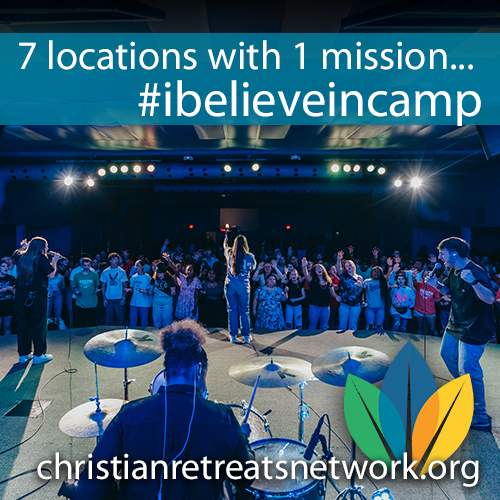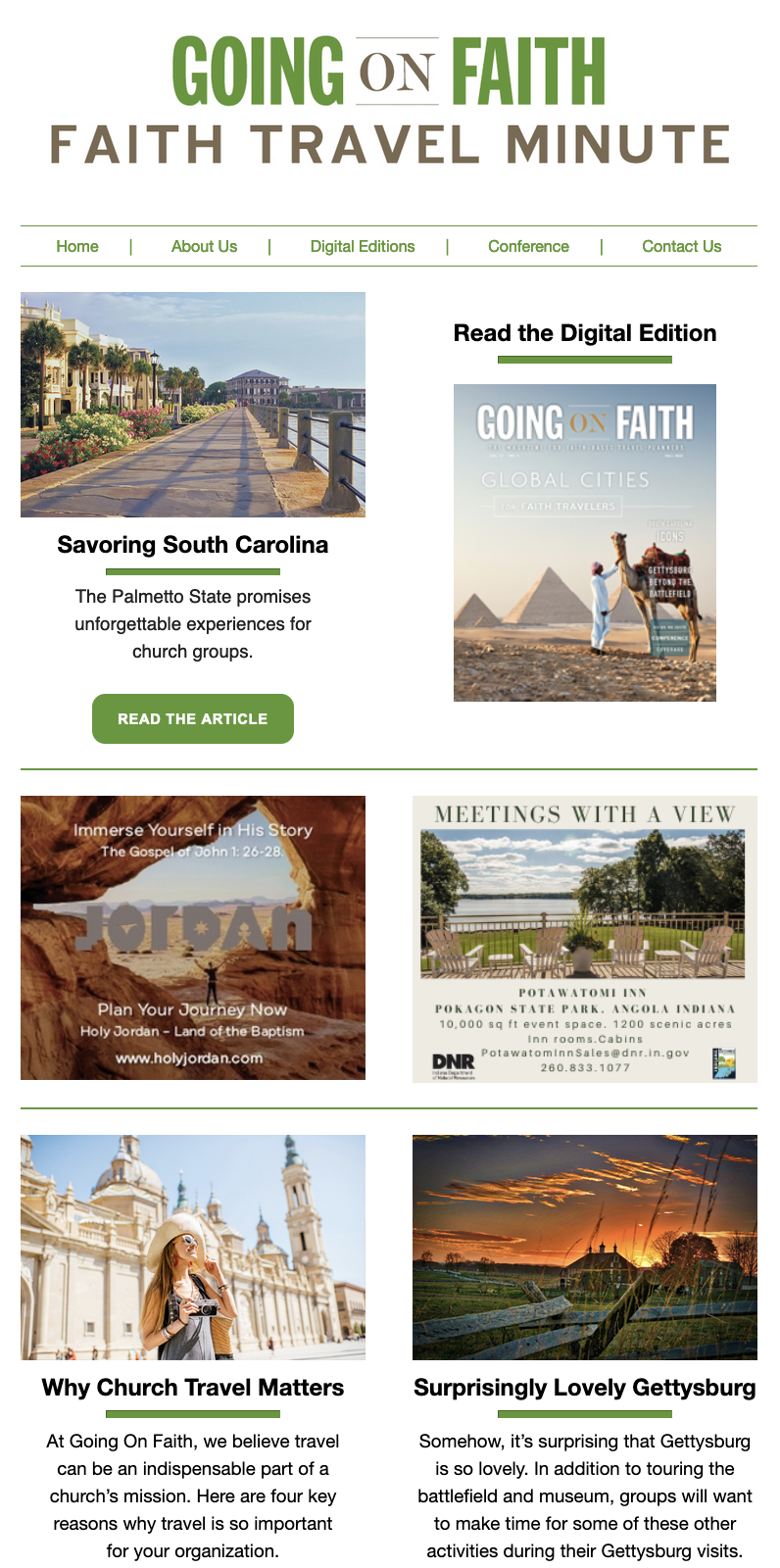USS Arizona Memorial
Honolulu, Hawaii
Not just a statue remembering a past tragedy, the USS Arizona Memorial lies above the final resting place for many of the ship’s 1,177 crewmen who lost their lives December 7, 1941. The 184-foot-long memorial spans the midportion of the sunken battleship that has been left untouched since its sinking.
“After the attack, there were many ships that sunk in Pearl Harbor that were raised and returned to service,” said Abby Wines, chief of interpretation for the WWII Valor in the Pacific National Monument. “The damage on the Arizona was severe. It was determined it was best to leave those men who died in the boat to remain buried at sea.”
The memorial includes flags that represent the nine ships bombed during the attack. Open areas allow visitors to view the murky remains of the USS Arizona below.
In the memorial’s Shrine Room, a great marble wall displays the names of those who perished on the USS Arizona. The names of the survivors who chose to be interred along with their shipmates also are listed in the room.
Tickets to the ferry that delivers guests to the memorial can be purchased either the day of the tour or in advance through a licensed tour operator. Before or after the memorial visit, groups can explore the Pearl Harbor Visitor Center to discover the larger story surrounding the attacks.
Maps, dramatic photos, artifacts from the battle and recorded stories from those who witnessed the bombings help bring the WWII event to life. A 23-minute documentary film also helps overview “the day that will live in infamy.”
Oklahoma City National Memorial
Oklahoma City
Groups can hear about the tragic Oklahoma City bombing straight from the mouth of someone who experienced it firsthand at the Oklahoma City National Memorial’s “First Person — Stories of Hope” group experience. By appointment, groups can discover these inspiring stories of resilience as part of their memorial experience.
The focus of the memorial centers around the stories of those who lived through the bombings of the Alfred P. Murrah Federal Building, which guests can listen to throughout the memorial’s museum. Videos of survivors telling their stories and photos of the 168 who were killed bring to life the full impact of the experience for visitors.
“This is a place where you understand people’s faith and how it is tested and tried,” said Kari Watkins, executive director of the Oklahoma City National Memorial. “You learn about the healing process, the rescue and recovery, and how changed the city is. So many rely on faith to get them through it. You hear their stories throughout the museum.”
The museum chronicles the events of the April 19, 1995, bombing, the subsequent rescue missions, the resulting investigation and the eventual healing. Artifacts, murals, interactive computers and news footage educate groups before they head out to the outdoor memorial. One haunting exhibit plays an audio recording from the day that includes the sound of the bombing two minutes in.
The Outdoor Symbolic Memorial honors those killed and affected by the attacks by creating an ambiance of quiet reflection. On the ground where the federal building once stood lie 168 empty chairs representative of the lives lost.
Similarly to the September 11 Memorial, the site has a survivor tree, a wall, and water elements for powerful images of rebirth.










